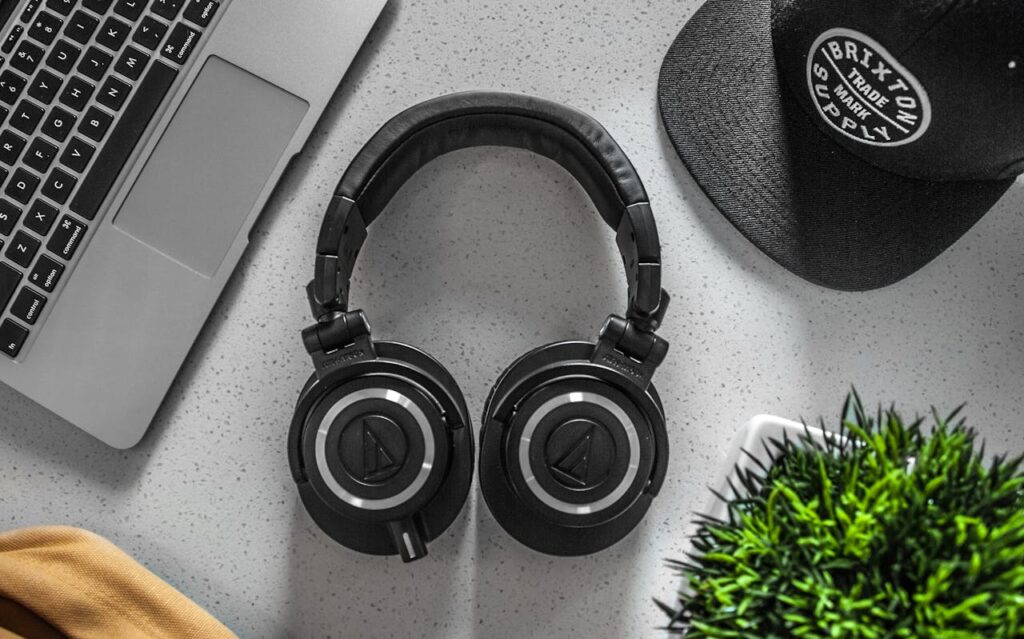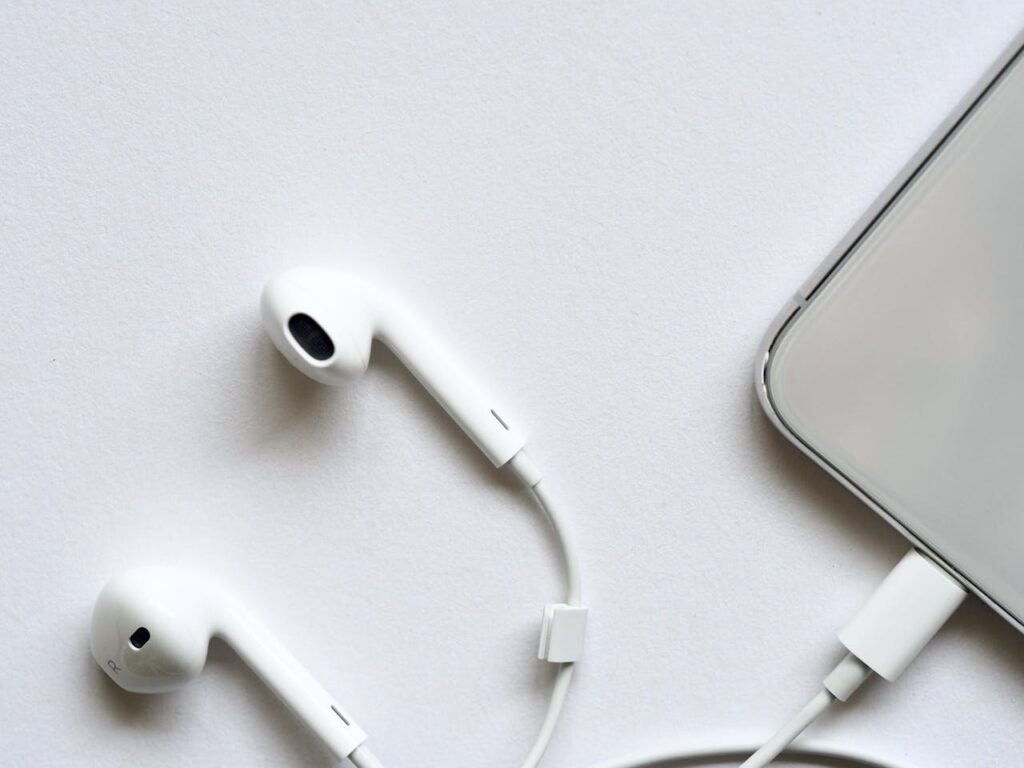In today’s world, audio technology has come a long way from the days of vinyl records and cassette tapes. It’s fascinating to see how far we’ve come and how the way we experience sound has changed. As someone who loves music and audio gadgets, I find it amazing how modern audio technology can bring sound to life in ways that were unimaginable just a few decades ago. Let me take you on a journey through the world of today’s audio technology.
The Evolution of Audio Technology
Before diving into the specifics of today’s audio technology, let’s take a quick look back at how audio has evolved. It all started with the phonograph, invented by Thomas Edison in 1877, which allowed people to record and playback sound. Then came vinyl records, which dominated the music scene for decades. In the 1960s and 1970s, cassette tapes became popular, followed by CDs in the 1980s. Each of these formats improved the quality and convenience of listening to music.

However, the biggest revolution in audio technology came with the advent of digital audio. The introduction of MP3s in the late 1990s changed everything, making it possible to store thousands of songs on a single device. This was followed by the rise of streaming services, which have made it easier than ever to access and enjoy music from around the world.
Digital Audio and Streaming Services
One of the most significant advancements in audio technology is the rise of digital audio and streaming services. Gone are the days of buying physical copies of albums or even downloading songs. Now, with services like Spotify, Apple Music, and Amazon Music, you can stream millions of songs instantly.
Streaming services have changed the way we listen to music. They offer personalised playlists, curated by algorithms that learn your preferences, making it easy to discover new artists and songs. Plus, with high-quality streaming options, the sound quality is often on par with or even better than traditional formats.
Another great thing about streaming services is the convenience. You can listen to music on your smartphone, tablet, computer, or smart speaker. This means you have access to your favourite songs wherever you go, whether you’re at home, in the car, or on a walk.
Wireless Audio Technology
Wireless technology has also revolutionised the way we experience audio. Bluetooth headphones and earbuds, like Apple’s AirPods and Sony’s WH-1000XM4, have become incredibly popular. These devices offer high-quality sound without the hassle of tangled wires. Plus, many of them come with advanced features like noise cancellation and touch controls.
Noise-cancelling headphones are a game-changer for anyone who wants to enjoy their music without being disturbed by outside noise. They use microphones and advanced algorithms to block out unwanted sounds, creating a more immersive listening experience. Whether you’re on a noisy aeroplane or in a busy office, noise-cancelling headphones can make a big difference.

Wireless speakers are another exciting development. Brands like Sonos and Bose offer smart speakers that connect to your home Wi-Fi network, allowing you to stream music from your favourite services. Some of these speakers also come with voice assistants like Amazon’s Alexa or Google Assistant, so you can control your music with just your voice.
High-Resolution Audio
For audiophiles who crave the best possible sound quality, high-resolution audio is the way to go. High-resolution audio files have a higher sampling rate and bit depth than standard audio files, which means they can reproduce sound more accurately and with greater detail.
Services like TIDAL, Qobuz, and Amazon Music HD offer high-resolution streaming options, allowing you to hear your favourite songs the way the artists intended. To fully enjoy high-resolution audio, you’ll need compatible equipment, such as high-quality headphones or speakers and a digital-to-analog converter (DAC).
Smart Home Audio Systems
Smart home audio systems have made it easier than ever to enjoy music throughout your entire home. With multi-room audio systems like Sonos, you can place speakers in different rooms and control them all from a single app. This means you can have music playing in the living room, kitchen, and bedroom simultaneously, or play different songs in each room.
Smart speakers, like the Amazon Echo and Google Nest, have also become popular. These devices not only play music but also serve as voice-activated assistants. You can ask them to play your favourite song, tell you the weather, set reminders, and even control other smart home devices like lights and thermostats.

Virtual and Augmented Reality Audio
One of the most exciting areas of audio technology is the integration of sound with virtual reality (VR) and augmented reality (AR). VR and AR experiences rely heavily on audio to create immersive environments. For example, in a VR game, 3D audio can make you feel like you’re truly in another world, with sounds coming from all directions.
Companies like Oculus and PlayStation are leading the way in VR audio, creating headphones and sound systems designed to enhance the VR experience. In the AR space, devices like Microsoft’s HoloLens use spatial audio to make holographic objects sound like they’re part of the real world.
The Future of Audio Technology
As we look to the future, it’s clear that audio technology will continue to evolve and improve. Advances in artificial intelligence (AI) are already making an impact, with AI-powered algorithms that can enhance sound quality, create personalised playlists, and even compose music.
Another exciting development is the potential for more immersive and interactive audio experiences. Imagine concerts where you can choose your own audio perspective, or smart headphones that adapt to your environment and preferences in real time.
One thing is certain: the way we experience sound will keep getting better and more innovative. Whether it’s through better sound quality, more convenient devices, or new ways to interact with music and audio content, the future of audio technology is bright and full of possibilities.
Conclusion
Today’s audio technology offers a wealth of options for enjoying music and sound like never before. From streaming services and wireless devices to high-resolution audio and smart home systems, there’s something for everyone. As someone who loves music and technology, I’m excited to see where the future of audio takes us. The advancements we’ve seen so far are just the beginning, and I can’t wait to experience the next wave of innovations in the world of sound.
